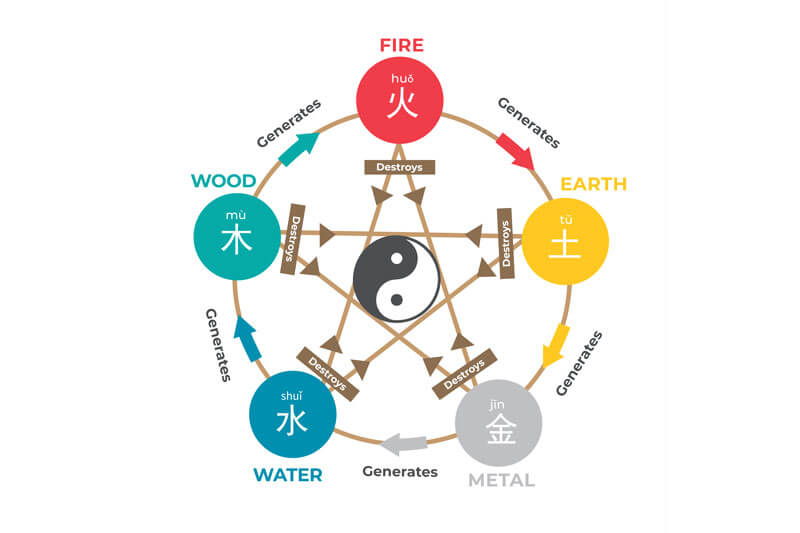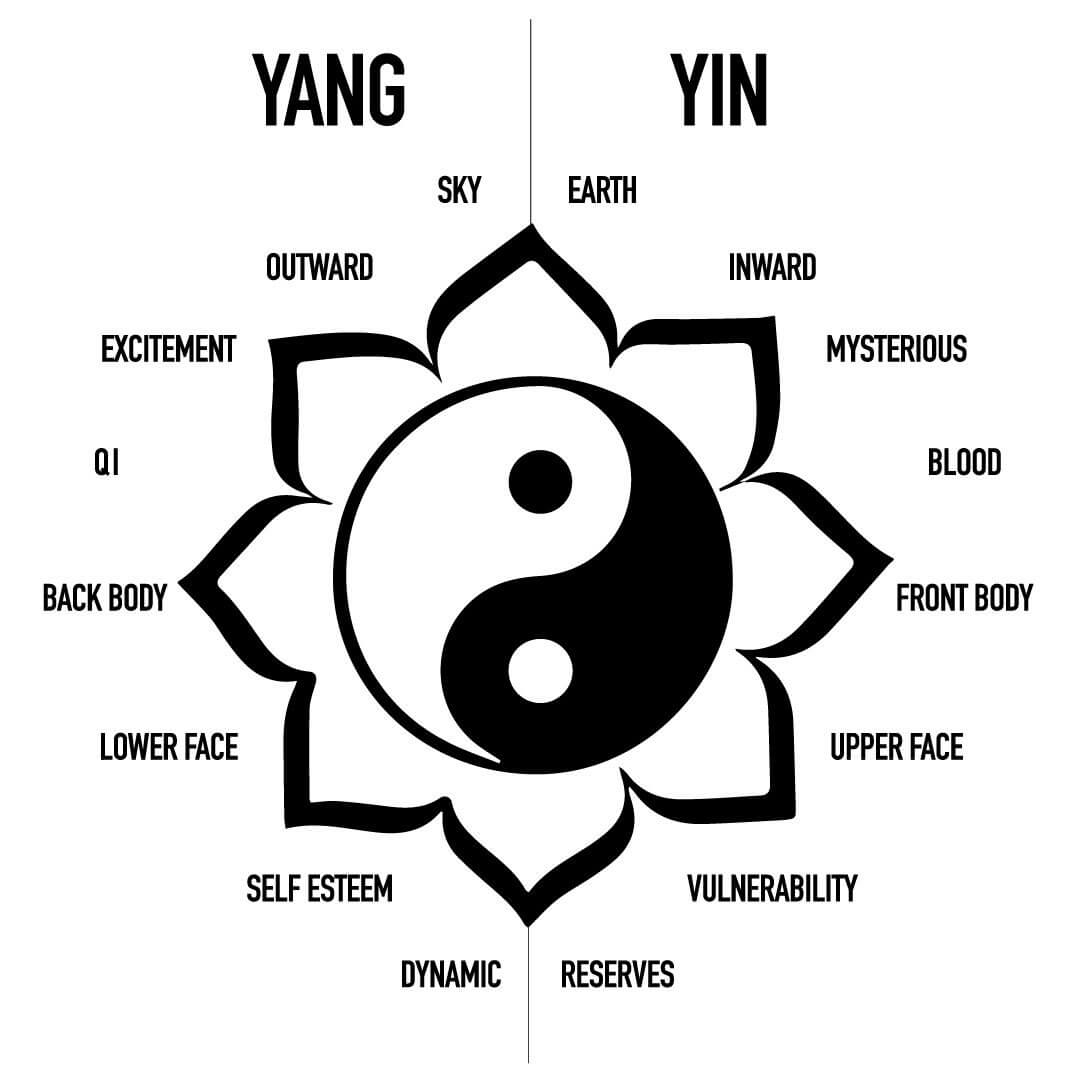Understanding the Basics: The Concept of Feng Shui
Feng Shui, pronounced “fung shway,” is an ancient Chinese practice that aims to create harmonious environments by harmonizing the flow of energy, known as chi. The term “Feng Shui” translates to “wind” (Feng) and “water” (Shui), which are considered vital elements in nature that carry energy.At its core, Feng Shui is based on the belief that everything in our surroundings, both seen and unseen, has an energetic quality that can influence our lives. By understanding and harnessing these energies, we can enhance various aspects of our lives, such as health, relationships, career, and overall well-being.Feng Shui takes into account the arrangement of objects, furniture, and the overall layout of a space to optimize the flow of energy and create harmony between the environment and its inhabitants. It is not just about aesthetics but also about creating a balanced and supportive atmosphere that promotes positive energy and minimizes negative influences.The practice of Feng Shui is deeply rooted in the belief that our surroundings reflect and affect our inner state. When the energy in our environment is stagnant or disrupted, it can manifest as stress, discomfort, and even health issues. Feng Shui seeks to address these imbalances and create spaces that support our physical, emotional, and spiritual well-being.By incorporating the principles of Feng Shui into your living or working space, you can create an environment that nurtures and supports you, allowing for the free flow of energy and promoting a sense of harmony and balance. Whether you are looking to revitalize your home, improve your relationships, or enhance your career prospects, understanding the basics of Feng Shui is the first step towards creating a more harmonious and fulfilling life.The History and Origin of Feng Shui
Feng Shui has a rich history that dates back thousands of years in ancient China. Understanding its origins and historical development provides valuable insights into the principles and beliefs that form the foundation of this practice.Origins of Feng Shui in Ancient China
The roots of Feng Shui can be traced back to ancient Chinese philosophy and cosmology. It emerged during the Zhou Dynasty, around 1000 BCE, with its early foundations in the concept of Yin and Yang and the Five Elements Theory.Yin and Yang represent the dualistic forces that govern the universe, with Yin representing the feminine, receptive, and passive energy, and Yang representing the masculine, active, and assertive energy. The harmonious balance between Yin and Yang is essential for the flow of chi and the well-being of individuals.The Five Elements Theory, also known as Wu Xing, is another fundamental principle in Feng Shui. It categorizes the world into five elements: wood, fire, earth, metal, and water. Each element has its unique characteristics and associations, and their interactions influence the flow of energy and the balance within a space.Evolution and Spread of Feng Shui
Feng Shui continued to evolve and flourish during the Han Dynasty (206 BCE – 220 CE) when it became more structured and systematic. During this period, Feng Shui principles were applied to important structures like palaces, tombs, and cities to ensure harmony and prosperity.Over the centuries, Feng Shui gained popularity beyond the royal courts and became accessible to the general population. Feng Shui masters and scholars documented their knowledge and practices, leading to the creation of various schools and approaches to Feng Shui.Modern Adoption and Interpretations
In the modern era, Feng Shui has gained global recognition and has been embraced by people from various cultural backgrounds. Its principles have been adapted to contemporary living spaces and incorporated into interior design, architecture, and urban planning.Different schools of Feng Shui, such as the Form School, Compass School, and Black Hat Sect, have emerged, each with its own interpretations and methodologies. While the core principles remain consistent, there are variations in the application and emphasis on specific aspects of Feng Shui.The widespread adoption of Feng Shui can be attributed to its holistic approach, which acknowledges the interconnectedness between humans and their environment. It offers practical guidelines for creating harmonious spaces that support well-being, prosperity, and personal growth.Understanding the history and evolution of Feng Shui provides a deeper appreciation for its principles and practices. By embracing the wisdom of this ancient art, we can tap into the energy of our surroundings and create spaces that promote balance, harmony, and positive transformations in our lives.Key Principles of Feng Shui
Feng Shui is guided by several key principles that form the basis of its practice. Understanding these principles is essential for effectively applying Feng Shui techniques to create harmonious and balanced spaces. Let’s explore the fundamental concepts that govern Feng Shui.The Concept of Chi (Energy)
Central to Feng Shui is the concept of chi, which refers to the vital life force or energy that flows through all living and non-living things. It is the animating essence that sustains and connects everything in the universe. In Feng Shui, the goal is to enhance the flow of chi within a space to promote well-being and abundance.Chi can be classified into different types, such as positive (sheng chi) and negative (si chi) energy. Positive chi is vibrant, uplifting, and beneficial, while negative chi is stagnant, obstructed, or harmful. By creating an environment that allows for the free and smooth flow of positive chi, we can invite positive experiences and opportunities into our lives.The Five Elements Theory
The Five Elements Theory, also known as Wu Xing, is a cornerstone of Feng Shui. It categorizes the world into five elements: wood, fire, earth, metal, and water. Each element represents specific qualities, colors, shapes, and associations.The interactions between these elements play a crucial role in balancing the energy within a space. For example, wood feeds fire, fire produces earth (ash), earth creates metal, metal enriches water, and water nourishes wood. Understanding the cycles and relationships of the elements allows us to create a harmonious and balanced environment.
The Bagua (Energy Map)
The Bagua is an energy map used in Feng Shui to analyze and map out the different areas of a space and their corresponding aspects of life. It is an octagonal grid that divides a space into nine sections, each representing a different aspect, such as wealth, health, relationships, and career.By overlaying the Bagua onto a floor plan or a room, we can identify which areas of our space correspond to specific areas of our life. This helps us identify and address any imbalances or areas that require attention. By enhancing the energy in each area, we can create harmony and support in various aspects of our lives.Understanding the Bagua and its application allows us to consciously design and arrange our space to align with our goals and intentions.These key principles of Feng Shui provide a solid foundation for understanding and applying this ancient practice. By incorporating the concept of chi, working with the Five Elements Theory, and utilizing the Bagua, we can create spaces that promote positive energy flow, balance, and harmony. Through these principles, we can optimize our environment to support our well-being and create a more fulfilling life.How to Apply Feng Shui in Your Home
Now that we have explored the key principles of Feng Shui, let’s delve into practical ways to apply this ancient art in your home. By incorporating Feng Shui principles into your living space, you can create a harmonious environment that supports your well-being and promotes positive energy flow. Here are some essential guidelines to help you get started:Arranging Furniture for Positive Energy Flow
One of the primary considerations in Feng Shui is the arrangement of furniture to ensure a smooth flow of energy throughout the space. Here are some tips to optimize the energy flow:- Create a welcoming entrance: Make sure the entrance to your home is well-lit, clutter-free, and inviting. A clear and open pathway allows positive energy to enter freely.
- Position the bed and desk in the command position: In the bedroom and home office, place the bed and desk in a position where you have a clear view of the door without being directly in line with it. This position is believed to provide a sense of security and control.
- Avoid clutter and maintain cleanliness: Clutter can block the flow of energy. Keep your space organized, decluttered, and clean to allow for the free movement of chi.
Using Colors in Feng Shui
Colors play a significant role in Feng Shui as they have the power to evoke different emotions and energies. Here are some general guidelines for using colors in Feng Shui:- Choose a color scheme that aligns with the Bagua: Each area of the Bagua is associated with specific colors. Harmonize your space by incorporating these colors in the corresponding areas of your home.
- Create a balanced color palette: Aim for a balanced combination of colors in your space. Avoid using too much of a single color and instead introduce a variety of hues to create harmony.
- Consider the energy of colors: Different colors have different energies. For example, warm colors like red and orange are associated with passion and excitement, while cool colors like blue and green promote calmness and relaxation. Choose colors that align with the energy you want to cultivate in each area of your home.
Incorporating Feng Shui Elements
Feng Shui elements, such as water, wood, fire, earth, and metal, can be incorporated into your home to enhance the energy and create a harmonious atmosphere. Here’s how you can bring these elements into your space:- Water: Add water features like a small fountain or an aquarium to promote the flow of chi and invite abundance.
- Wood: Introduce wooden furniture, plants, or artwork depicting trees to represent the wood element, which symbolizes growth and vitality.
- Fire: Incorporate candles, a fireplace, or red-colored decor to represent the fire element, which symbolizes passion and transformation.
- Earth: Use earthy tones, clay pots, and crystals to represent the earth element, which symbolizes stability and grounding.
- Metal: Display metal objects, such as sculptures or metal-framed mirrors, to represent the metal element, which symbolizes clarity and precision.
Balancing Yin and Yang
In Feng Shui, achieving a balance between yin and yang energies is essential for creating harmony. Yin represents feminine, passive, and calming energy, while yang represents masculine, active, and vibrant energy. Here are some ways to achieve a balance:- Introduce yin elements: Incorporate soft lighting, cozy textures, and gentle curves to create a sense of tranquility and relaxation.
- Include yang elements: Add bright lights, bold colors, and angular shapes to infuse your space with energy and vitality.
- Harmonize yin and yang throughout your home: Ensure that each room has a balance of yin and yang elements to create a harmonious overall energy.
The Impact of Feng Shui on Health and Well-being
Feng Shui not only creates harmonious and balanced living spaces but also has a significant impact on our health and overall well-being. By optimizing the flow of energy and creating a supportive environment, Feng Shui can positively influence various aspects of our lives. Let’s explore how Feng Shui can enhance our mental, physical, and relational well-being.Improving Mental Health
Feng Shui can have a profound impact on our mental well-being by creating spaces that promote relaxation, clarity, and a sense of inner peace. Here’s how:- Reduce clutter: Clutter can create a sense of overwhelm and hinder mental clarity. By decluttering and organizing our living spaces, we can create a calm and peaceful environment that supports a clear and focused mind.
- Balance the energy: Harmonizing the energy flow in our homes can help reduce stress and anxiety. By creating a balanced and peaceful atmosphere, we can cultivate a sense of tranquility and promote mental well-being.
- Create a restful bedroom: The bedroom is a crucial space for relaxation and rejuvenation. By applying Feng Shui principles, such as a supportive bed placement, soothing colors, and a clutter-free environment, we can create a peaceful sanctuary that promotes restful sleep and mental rejuvenation.

Promoting Physical Health
Feng Shui can also have a positive impact on our physical health by creating spaces that support vitality, energy, and overall wellness. Consider the following:
- Enhance indoor air quality: Good air quality is vital for our health. Incorporate plants, air-purifying devices, and proper ventilation to promote clean and fresh air circulation within your home.
- Optimize the kitchen: The kitchen is considered the heart of the home and is closely linked to our health and nourishment. Apply Feng Shui principles to create a well-organized and clean kitchen space that promotes healthy eating habits and positive energy flow.
- Create a nurturing workspace: If you have a home office or workspace, apply Feng Shui principles to ensure a supportive environment. Position your desk for optimal energy flow, incorporate natural lighting, and add elements that promote focus and productivity.
Enhancing Relationships
Feng Shui can also contribute to the quality of our relationships by creating spaces that foster connection, communication, and harmony. Consider the following:
- Harmonize the relationship area: In Feng Shui, the relationship area is associated with love, romance, and partnerships. Enhance this area with symbols of love, artwork, or objects that represent harmony and connection.
- Create welcoming gathering spaces: Design common areas, such as the living room or dining area, to be inviting and conducive to social interaction. Arrange furniture in a way that promotes conversation and fosters a sense of togetherness.
- Balance personal and shared spaces: It’s essential to strike a balance between personal space and shared areas within your home. Each individual should have a designated space that reflects their personality and supports their well-being, while shared spaces should encourage mutual respect and harmony.
By incorporating Feng Shui principles into our living spaces, we can create an environment that supports our mental and physical health, as well as our relationships. Remember that Feng Shui is a continuous practice, and it’s important to regularly assess and adjust our spaces to maintain balance and harmony. Embrace the wisdom of Feng Shui, and experience the positive impact it can have on your overall well-being. Contact Project Neat to learn more about Feng Shui today!

